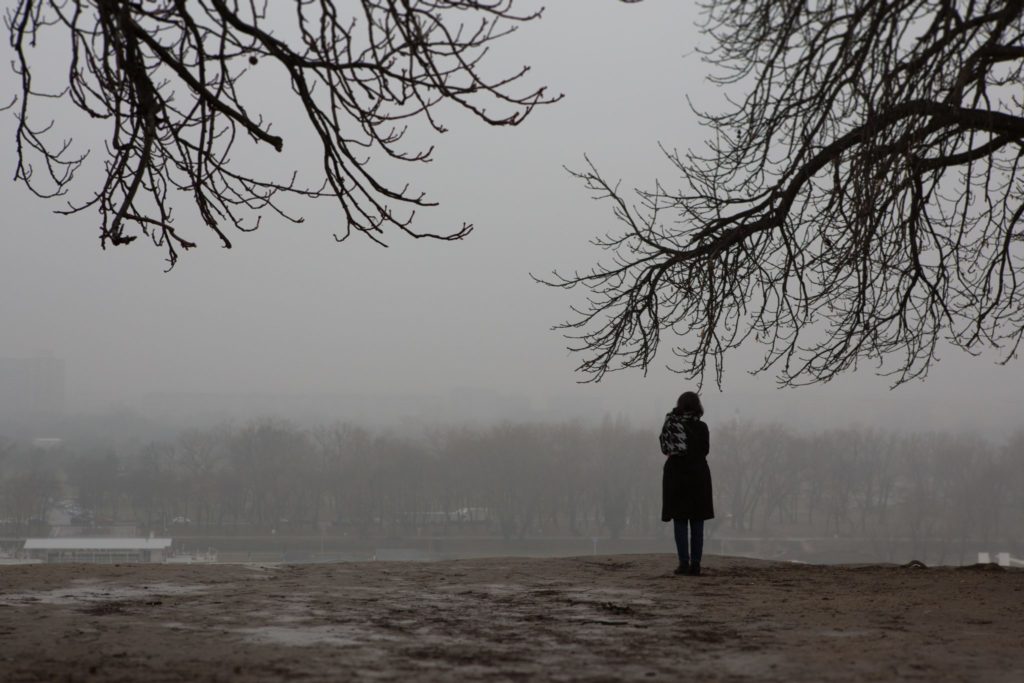Although a lot of people look forward to the holiday season and many people enjoy the snow, not everyone likes winter. Instead of feeling cheerful and merry, they feel down and depressed. Feeling a little sad from time to time isn’t unusual, but when this sadness becomes severe or comes back each year at the same time, it may be a sign of seasonal affective disorder.
What is Seasonal Affective Disorder (SAD)?
Seasonal affective disorder or SAD is a type of depression that is recurring and appears annually at around the same time. The symptoms can range in severity but will often last several weeks. It is estimated that anywhere from 10 to 20% of recurring depression is related to seasonal affective disorder.1 The most common form of seasonal affective disorder occurs in the late fall and early winter. Called winter-pattern SAD or winter depression, many researchers believe that this type of depression is related to waning daylight hours because it tends to be more common in higher latitudes. While less frequent, some people will experience summer-pattern SAD or summer depression with symptoms occurring during the spring and summer. Dealing with seasonal affective disorder isn’t always easy and left untreated, it could severely impact a person’s life. Some symptoms of seasonal affective disorder may include:
- Feelings of sadness or hopelessness
- Irritability
- Social withdrawal
- Fatigue
- Anxiety
- Sleep problems
- Changes in eating habits
- Poor concentration
- Suicidal idealization
How to Cope with Seasonal Affective Disorder
Seasonal affective disorder can severely hinder a person’s life, but it is treatable. While it may not be completely unavoidable for everyone, there are some ways to ways to cope with seasonal affective disorder and decrease the severity of symptoms.
Spend Time Outdoors
Winter depression is thought to be connected to lack of daylight, so one way to combat SAD symptoms is to get outside and get natural light as much as possible. Exposure to sunlight may increase the production of serotonin, a neurotransmitter that helps regulate and boost a person’s mood.2
Lighten Up Your Home
Getting outside in the winter is not always an option, but you can try to brighten your home instead. Keep curtains open to let in as much nature light as possible and combat the lack of daylight with artificial lights. People dealing with SAD symptoms can also look into getting a light box that mimics natural light. Regular exposure with light therapy is one of the more effective seasonal affective disorder treatments.
Exercise
Because seasonal affective disorder can lead to fatigue, many people will become stagnant. While hibernating until the symptoms pass can be tempting, it may make depression worse. Regular exercise is proven to boost mood and may be an effective means of combating seasonal affective disorder symptoms.3 Start slow but stay consistent with your workouts for the best results.
Follow a Sleep Routine
Evidence suggests that winter depression may be partially caused by a disconnect between people’s sleep-wake cycle and their circadian rhythm, the internal process that regulates this cycle.4 One way to try and correct your circadian rhythm is to practice good sleep habits. Keep a regular sleep schedule and follow a routine before bed to make falling asleep easier.
Get Vitamin D
Vitamin D plays an important role in the body’s regular functioning and is often obtained through sun exposure. Because winter days tend to have less sunlight, your body may be lacking this vitamin. To make up for it, try adding supplements or foods with vitamin D to your diet such as fatty fish, mushrooms, or egg yolks.5
Practice Stress Management
In some cases, stress may make SAD symptoms worse, but stress reduction practices may help you feel more relaxed. Try incorporating breathing exercises, meditation, and mindfulness into your daily routine to deal with stress before it becomes overwhelming.
Avoid Drugs & Alcohol
Many people are not sure how to deal with seasonal depression, so they will turn to drugs and alcohol for help. These substances may numb the pain or act as a sleep aid, but ultimately, they can make depression worse. With habitual use, a substance use disorder may develop and instead of just dealing with the winter blues, you may now need treatment for a co-occurring disorder.
Get Professional Help
While these at-home remedies for dealing with seasonal affective disorder may work for some people, they may not be effective for everyone. If you are continuing to struggle or thinking about suicide, get help immediately. Your treatment for season affective disorder may include a combination of light therapy, medications, and psychotherapy. Depression is different for everyone, but it is important not to let it control your life. Dealing with seasonal affective disorder symptoms right away may prevent secondary problems like substance use disorders from forming. If you or someone you care about is already struggling, there is hope. Our mental health treatment centers help people work through their mental health challenges to find lasting relief. To learn more about our programs at Vertava Health and how we may be able to help you, contact us today.


